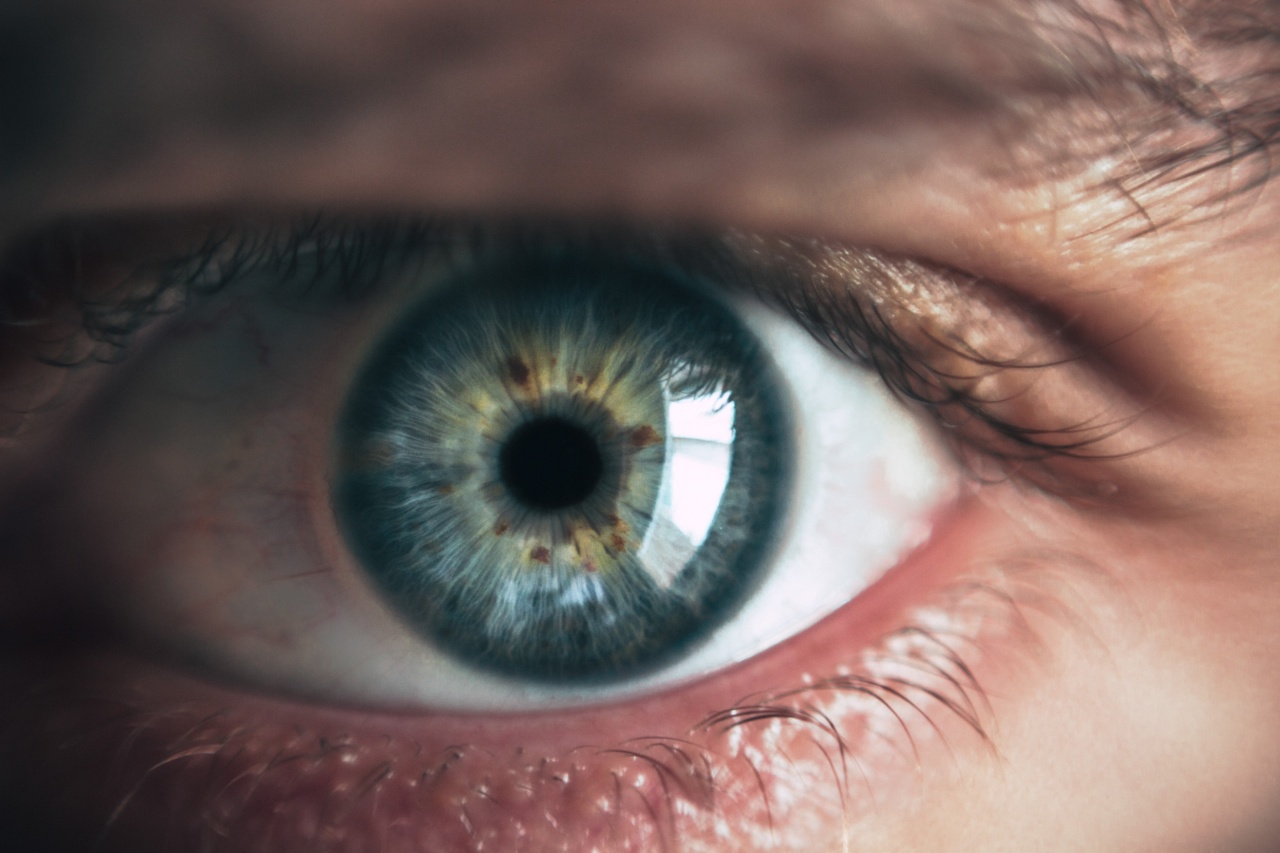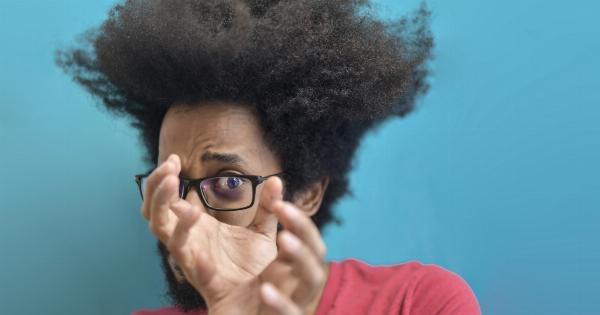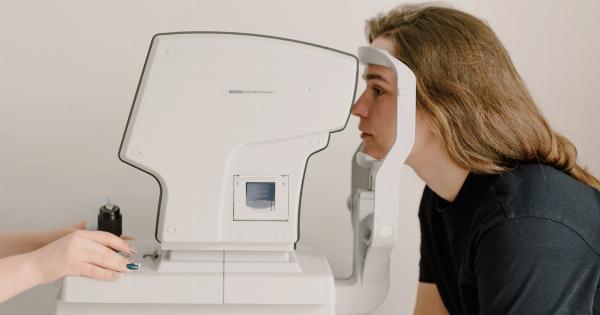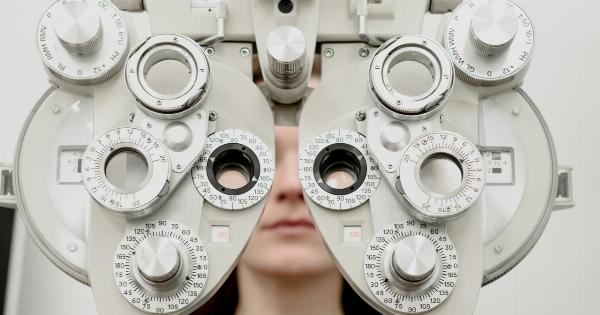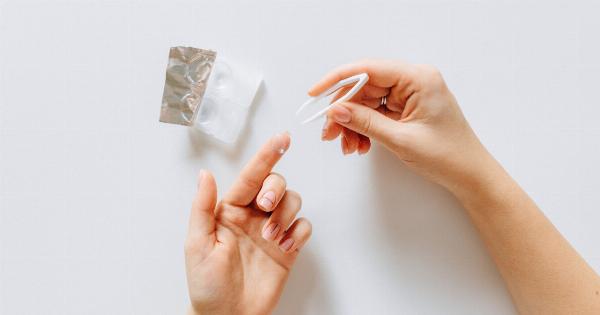Our vision is arguably one of the most important senses we possess. It allows us to perceive the world around us, appreciate its beauty, and navigate through our daily lives with ease.
Unfortunately, millions of people suffer from vision impairments that hinder their ability to see clearly. However, with advancements in technology, a revolutionary solution has emerged – the artificial cornea.
What is the cornea?
The cornea is the transparent tissue that covers the front of the eye. It plays a vital role in focusing incoming light onto the retina, which then transmits the visual signals to the brain.
In a healthy eye, the cornea is smooth and clear, allowing for optimal vision. However, diseases, injuries, or congenital conditions can cause the cornea to become cloudy or misshapen, resulting in vision problems.
The limitations of traditional cornea transplants
For decades, the go-to treatment for corneal blindness or damage has been a cornea transplant. This involves replacing the damaged or diseased cornea with a donor cornea obtained through an eye bank.
While this procedure has provided vision restoration for many people, there are certain limitations and challenges associated with traditional cornea transplants:.
1. Limited availability of donor corneas
There is a significant shortage of donor corneas worldwide. This scarcity means that many individuals in need of a transplant may face long waiting periods before a suitable donor cornea becomes available.
2. Risk of rejection
Just like any other organ transplant, there is always a risk of the recipient’s body rejecting the donor cornea.
This necessitates the use of immunosuppressants to prevent rejection, which can have various side effects and require long-term medication.
3. Complications and graft failure
Cornea transplants may occasionally result in complications such as infection, glaucoma, or graft failure. These complications can require additional surgeries and prolong the recovery process.
Introducing the artificial cornea
The artificial cornea, also known as a keratoprosthesis, offers a groundbreaking solution to overcome the limitations of traditional cornea transplants.
This cutting-edge technology aims to restore vision in individuals with corneal blindness or significant corneal damage.
How does the artificial cornea work?
Unlike a donor cornea, the artificial cornea is made of biocompatible materials, typically medical-grade plastics or polymers. It is designed to mimic the shape and function of a healthy cornea and is surgically implanted into the eye.
Types of artificial corneas
There are several different types of artificial corneas available, each with its own unique design and mechanism:.
1. AlphaCor
AlphaCor is a flexible, biocompatible synthetic cornea that has a porous structure. This design allows living cells from the patient’s own conjunctiva to grow into the device, providing stability and integration with the surrounding tissues.
2. Boston Keratoprosthesis (KPro)
The Boston KPro is one of the most widely used artificial corneas. It consists of a clear plastic front plate, a back plate that fits into the patient’s cornea, and a donor cornea that is sutured onto the front plate.
The Boston KPro can be customized based on individual patient needs and offers high retention rates.
3. MOOKP (Modified Osteo-Odonto-Keratoprosthesis)
MOOKP utilizes a combination of the patient’s own tooth and surrounding bone to create a carrier for the artificial cornea.
The procedure involves extracting a tooth, along with its attached osteo-odonto keratoprosthesis, and transferring it to the eye after shaping it as a prosthetic cornea.
The benefits of artificial corneas
Artificial corneas present several advantages over traditional cornea transplants:.
1. Eliminates the need for donor corneas
By using synthetic materials, artificial corneas overcome the issue of donor cornea scarcity. This means that more individuals can receive the treatment they need without having to wait for an appropriate donor cornea.
2. Reduced risk of rejection
Since artificial corneas are made of biocompatible materials, the risk of rejection is significantly lower compared to donor corneas. This eliminates the need for immunosuppressant drugs, making the recovery process easier for the patients.
3. Longer lifespan and durability
Artificial corneas are designed to be long-lasting and resistant to degradation. This stability reduces the risk of graft failure and the need for additional surgeries, providing a more durable solution for vision restoration.
Challenges and considerations
While artificial corneas offer promising results, there are still certain challenges and considerations to be mindful of:.
1. Cost
The cost of artificial cornea procedures can be significantly higher compared to traditional cornea transplants. This may make them less accessible for individuals in certain regions or with limited financial resources.
2. Surgical expertise
Implanting the artificial cornea requires a high level of surgical expertise. Surgeons must undergo specialized training to ensure successful outcomes for their patients.
3. Post-operative care
Proper post-operative care and regular follow-up visits are crucial to monitor the success of the artificial cornea implantation.
Patients need to adhere to specific care instructions provided by their healthcare providers to optimize their recovery and long-term visual outcomes.
The future of artificial corneas
As technology continues to advance, the field of artificial corneas holds exciting potential for further innovations. Researchers are exploring new materials, designs, and techniques to enhance the performance and longevity of these devices.
Conclusion
The artificial cornea provides a revolutionary solution for individuals suffering from corneal blindness or damage.
With its ability to overcome the limitations of traditional cornea transplants, this cutting-edge technology offers new hope for achieving optimal vision restoration. While challenges and considerations remain, continued advancements in the field hold the promise of even better outcomes for patients in the future.
